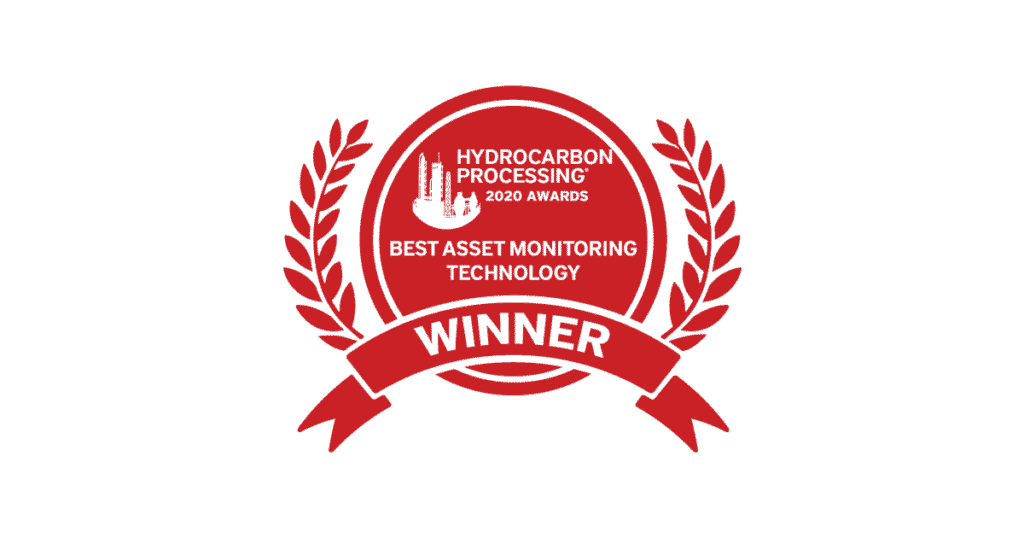Our IIoT solution Plant Asset Management (PAM) with integrated Sushi Sensor and GA10 AI software has been awarded this year’s innovation prize for the best asset monitoring technology by the trade journal “Hydrocarbon Processing”. This award honours the best innovations and innovators in the hydrocarbon processing industry.
Our smart, compact, wireless “Sushi Sensors” are equipped with an extensive wireless network for state-based maintenance. This makes PAM the ideal solution for monitoring vibrations and surface temperatures: using artificial intelligence and machine learning analysis, PAM enables very early detection of anomalies, e.g. in rotating machines or apparatus and plants prone to vibration. This technology helps to avoid costly downtimes involving critical equipment, while boosting the efficiency of the operating personnel.
Transformation process with regard to Plant Asset Management (PAM)
PAM is used in the process industry to consider operating resources (so-called assets) that can be allocated to direct production (Source: VDI/VDE 2651 Sheet 1).
The core element is the structured investigation and the provision of resource-related data. In the next step, this data is assigned both to a chronological sequence and to its economic significance. This data basis enables the utilisation and maintenance of assets to be planned. This evaluation of all data allows statements to be made regarding the condition of the assets (“diagnosis”) and their future development (“forecast”). So-called “therapy” suggestions for remedying defects can also be derived from this.
To sum up: the economic and systematic management of complete plants in terms of assets is the overarching objective of PAM. The same thing rings true when it comes to associated maintenance work, flexibility among the production facilities and guaranteeing high plant availability while continuously optimising product quality.
Predictive maintenance as core component
Predictive maintenance is a core component of Industry 4.0 and PAM. It is clearly differentiated from conventional maintenance approaches such as reactive or preventive maintenance. In order to make reliable predictions for predictive maintenance, a large volume of data needs to be collected, stored and analysed. At present, system landscapes in the industry still often comprise a large number of self-contained, independent island systems. This means that systems, devices or applications cannot communicate autonomously with each other digitally. This can be achieved with interoperability, among other features. Open standards are the key component when it comes to interoperability. This is because all relevant assets need to be integrated into Industry 4.0 environments in digital ecosystems. If they are to be able to interact with each other. Everything required and useful for value networks is mapped digitally and uniformly. This ensures transparency along the entire value stream.
The Copernican revolution in the industry: interoperability
Ensuring the interoperability of the available solution is thus the core requirement for an intelligent, networked, SMART, future-proof plant. Functional safety & cybersecurity should be seen as a vital foundation.
According to the McKinsey Global Institute study ‘The Internet of Things: Mapping the value beyond the hype’, almost 60% interoperability is required to take advantage of the full potential economic value that IoT enables.
As a result, solution components with standardised interfaces and open data models are usually more suitable than closed components. Because they are difficult to integrate. This is a profound change for many manufacturing companies currently grappling with the need to gradually build up their expertise.
You can find the second and last part of this article HERE.
Predictive maintenance – Early diagnostics for targeted maintenance




